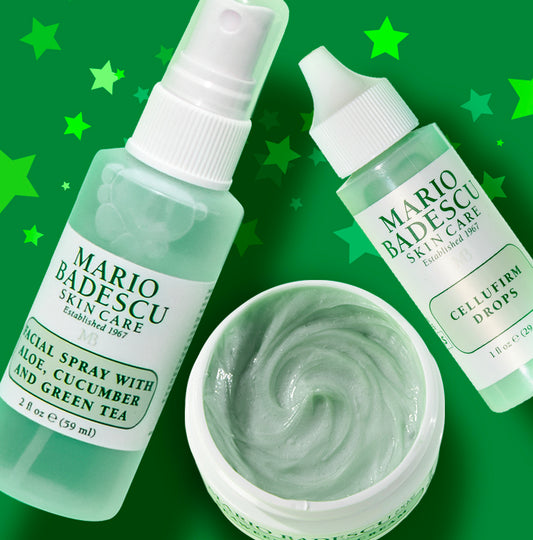Why are broken capillaries sometimes called 'spider veins?' Because they often begin in one area and spread out like a spiderweb. . . .
This skin condition is more common than you think.
As a skin care specialist, there are a few questions that come up time and time again-- including those about acne, sun spots and (of course) broken capillaries on the face. If you’ve ever dealt with broken capillaries, also sometimes called Spider Veins, you know how frustrating it is to experience the accompanying redness—especially when it appears on areas of the face. There are many causes of facial Spider Veins; however the first step to understanding this condition is recognizing what they look like and what they are.
Many people have Spider Veins, but they may not know how to identify them. Spider Veins appear close to the surface of the skin and are commonly characterized by their red or blue color and tree branch or spiderweb-like shape. Spider Veins are formed when the capillary walls dilate, which is why they are also often referred to as broken capillaries. Sometimes they are caused by circulation problems, which occur frequently in mature adults. Additional factors that may lead to Spider Veins are pregnancy, obesity, sedentary lifestyle, and sun exposure. To determine whether or not you have facial Spider Veins, however, you should consult with your dermatologist. While facial Spider Veins may be frustrating to have, it’s best not to rely on tanning beds or sun exposure to disguise the discoloration. Research has shown a link between tanning and the breakdown of collagen, as well as premature aging and skin cancer. Rather, you should take steps to treat your skin gently and lightly camouflage any facial discoloration with an appropriate concealer. For those who have Spider Veins on the face, there are a few steps you can take to ensure that you’re caring for your skin:
-
Determine your skin type before choosing products for your morning and evening skincare regimens. Spider Veins are a skin condition, not your actual skin type.
-
Develop a quality skincare regimen. This includes a cleanser, toner, daytime moisturizer, nighttime moisturizer, eye cream, serum, mask and any additional treatment products necessary.
-
Remember, the way you apply your skincare products is just as important as the products themselves. Use gentle but firm pressure when massaging cleanser on the skin or moisturizer into the skin. Apply toner with a cotton pad in upward motions.
The following products are formulated to work with sensitive skin types that can become easily irritated. If you’re uncertain of your skin type, take our easy online analysis to find the right products for you!
This mild, creamy cleanser gently removes light makeup and surface debris without irritating dry, sensitive and combination skin.
Gentle, alcohol-free and suitable for those that have sensitive skin, this toner also features soothing Aloe, which is perfect for those fighting redness.
This ultimate moisturizer has a rich, heavy and nourishing consistency suitable for dry and sensitive skin types that do not suffer from acne or blackheads. It’s also great in dry and windy climates.
If your skin requires a very rich moisturizer that offers optimal hydration and protection from harsh elements, like wind, cold and dry climates, this soothing blend is a top choice.
Moisturize while soothing dry and sensitive skin with a gentle blend of natural ingredients in this nourishing mask.
Regardless of your skin type, or its specific condition, it’s important to care for your complexion by keeping it clean, moisturized and protected during the day and at night, so you can look your most vibrant always.…




